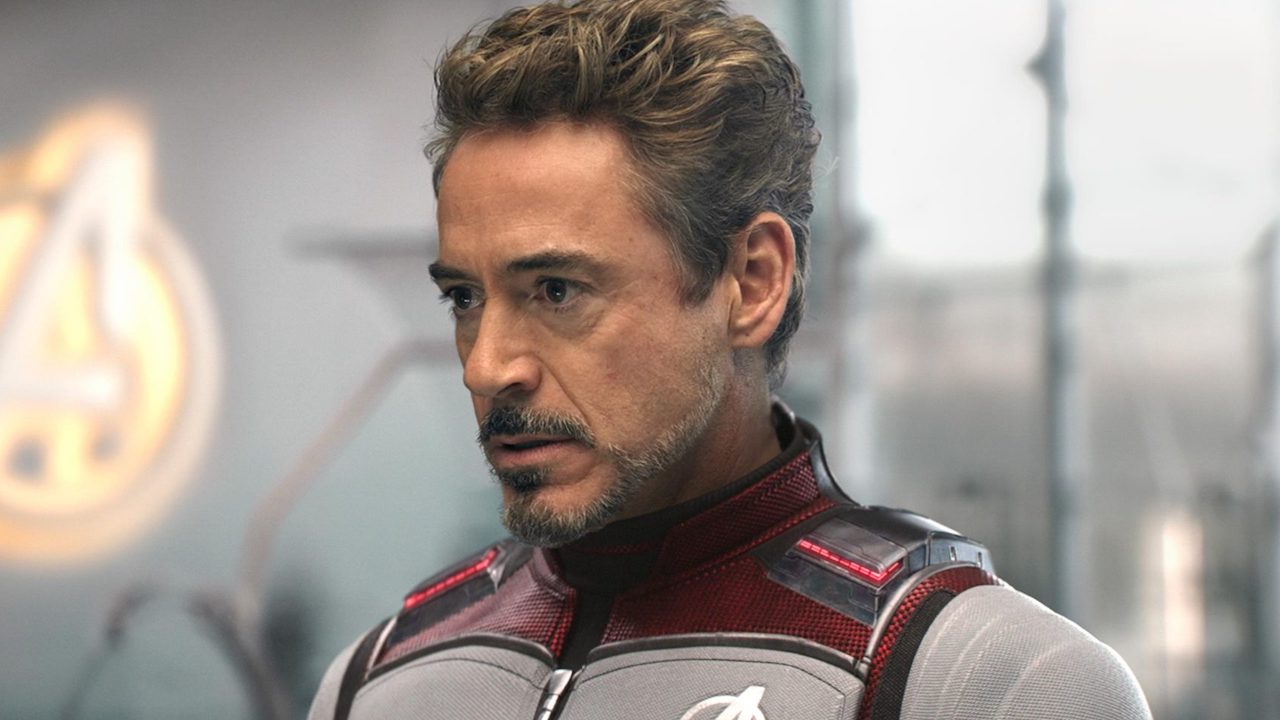Joker: 9 Hidden Details From The Joker That Fans Caught
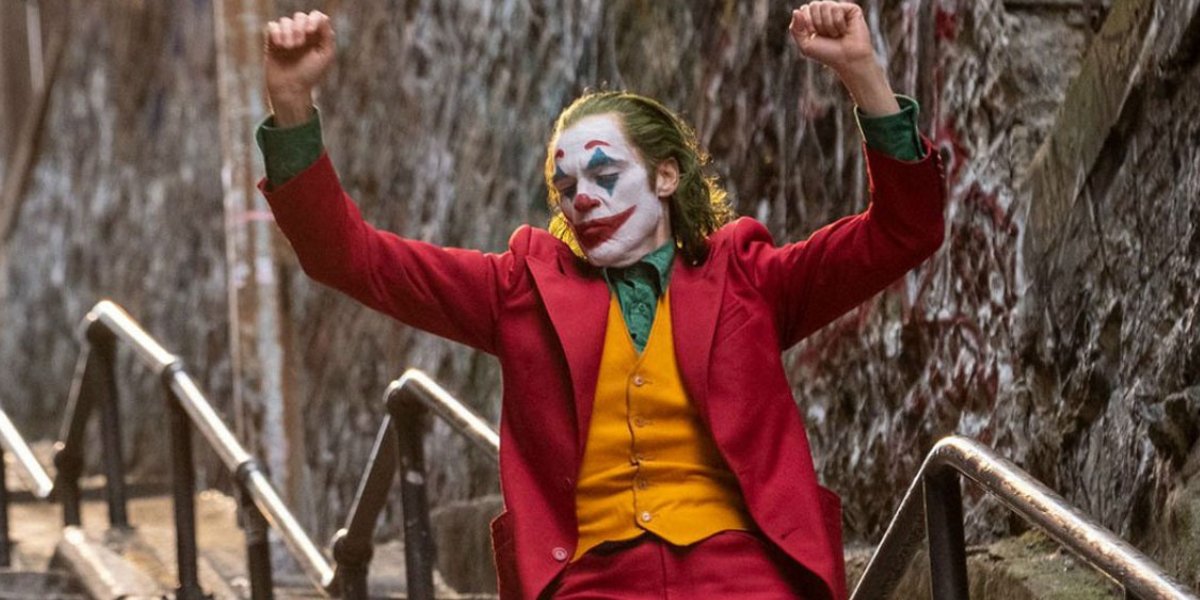
The Academy blessed director Todd Phillips’ hit movie Joker with 11 Oscar nominations, prompting some to ask, “What for?” Depending on who you ask, the comic book villain origin story is seen as merely a distressing Joaquin Phoenix performance wrapped up in needlessly exploitative violence.
Sure, its graphic imagery is often unsettling and Joaquin Phoenix’s scary accurate portrayal of an unwell man does border on a concerning level. However, I would argue there is more to Joker than meets the eye, not just for its penetrative commentary on society’s treatment of mental illness, but also for its clever visual references and subtle nods to the comic book iconography that inspired it.
Fans with a keen eye for subtle plot hints and clever references have taken to the Internet to share the moments from Joker that may have slipped past you. These are some of the most shocking blink-and-miss-it details from a modern classic already impossible to take your eyes off of.
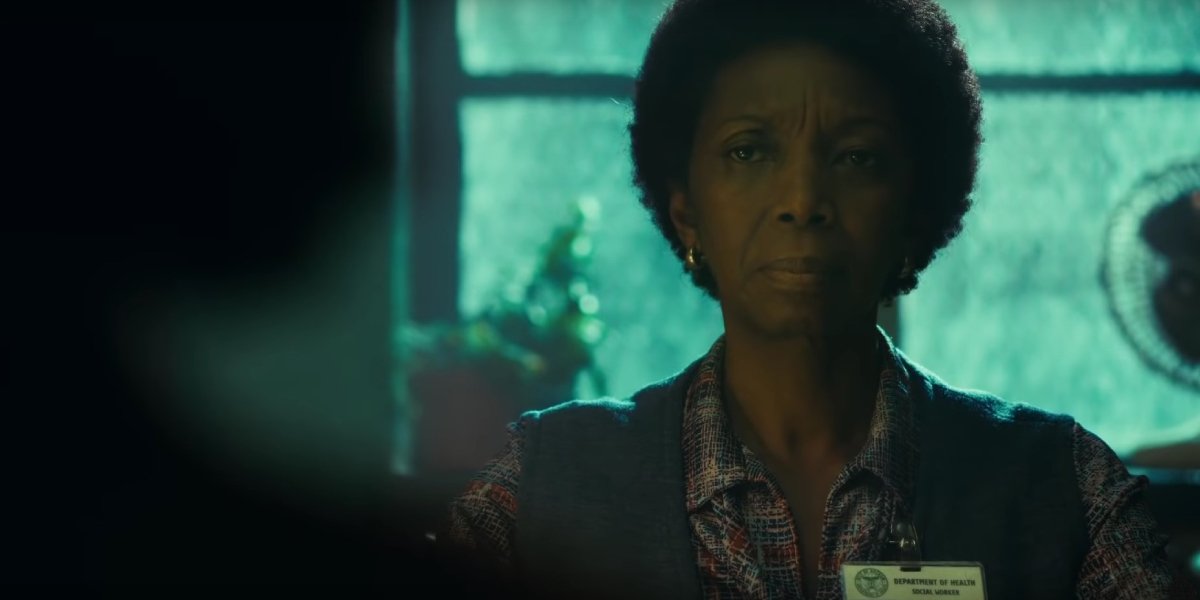
The Secret Behind Arthur’s Social Worker
After the brutal introductory scene of Joker, that shows clown for hire Arthur Fleck having a bad day at work, we learn more about our “hero’s” life and flawed personality whilst talking to his social worker, played by Sharon Washington. If you take a closer look at her name tag, you might recognize her name as a subtle nod to the film’s comic book roots.
The social worker’s name is Debra Kane, a character who is not only ripped from the pages of Andrew Vachss’ 1995 novel Batman: The Ultimate Evil, but also shares a surname with one of Batman’s creators, Bob Kane. The comic book artist collaborated with writer Bill Finger to develop the DC Comics legend in 1939.
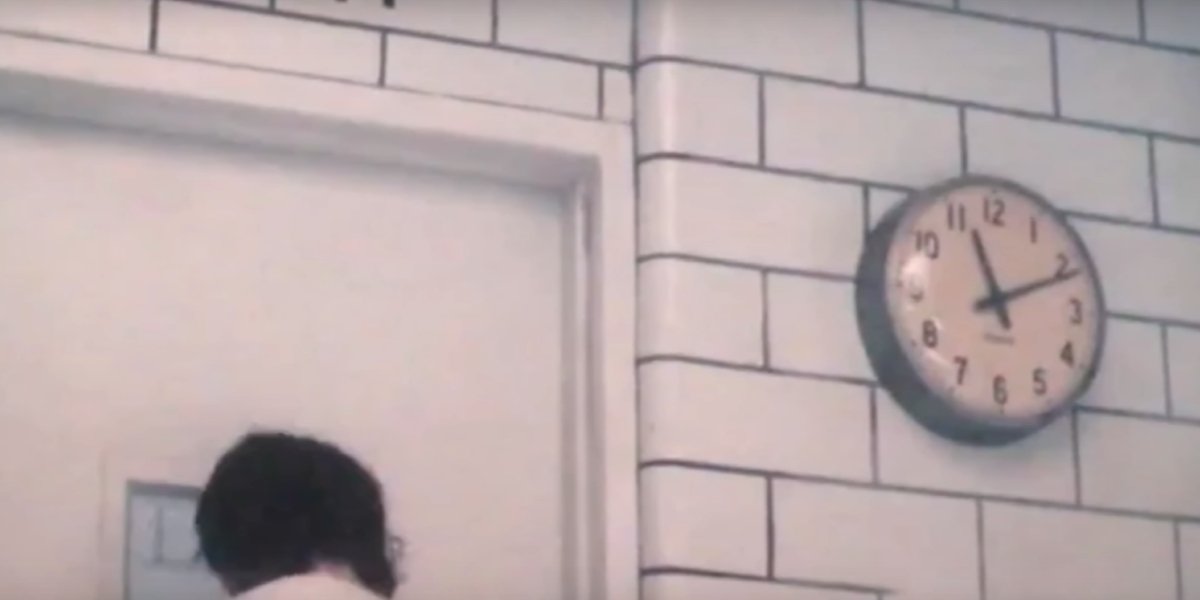
The Clue In The Clock
Arther Fleck’s first scene with Debra Kane in Joker also contains another possible clue that goes much deeper than comic book trivia references. If you pay close attention to the quick flashback to Arthur’s mental hospital stay, the clock on the wall of his cell reads the same time as the clock in Debra’s office.
Many fans have theorized, and director Todd Phillips has even teased, that Joker’s plot actually exists entirely in Arthur Fleck’s imagination, a mind-bending concept that many of the film’s reality-blurring plot twists do arguably support. With that in mind, are we to believe, based on the identical times displayed on each clock, that this glimpse of Arthur’s past is really a glimpse of his current reality?
Your Daily Blend of Entertainment News
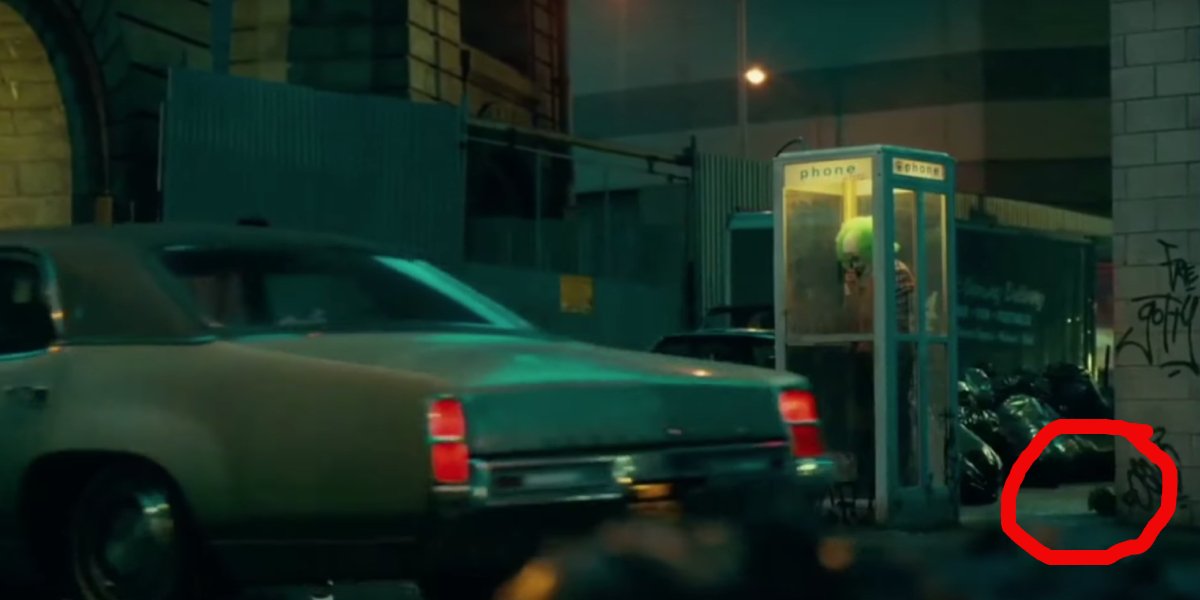
‘Super Rats’ Was More Than A Throwaway Joke
The casting of Robert De Niro as Arthur Fleck’s idol, Murray Franklin, is an Easter Egg in itself given how Joker is clearly influenced by his unhinged characters in the Martin Scorsese films Taxi Driver and The King of Comedy. Gotham’s top late night talk show host also drops an obscure hint hidden in a supposed throwaway joke about the city’s infestation of “super rats” during his monologue.
During the scene in which Arthur gets fired from his clown job in a payphone, near the bottom right corner of the frame, an abnormally large rat scurries across the sidewalk. The bizarre blink-and-you-miss-it moment could be interpreted as another clue to Arthur’s overactive fantasy, but it is also believed to be a nod to lesser-known Batman villain Ratcatcher, who will reportedly appear in James Gunn’ The Suicide Squad. So, Joker does have a DCEU connection after all?
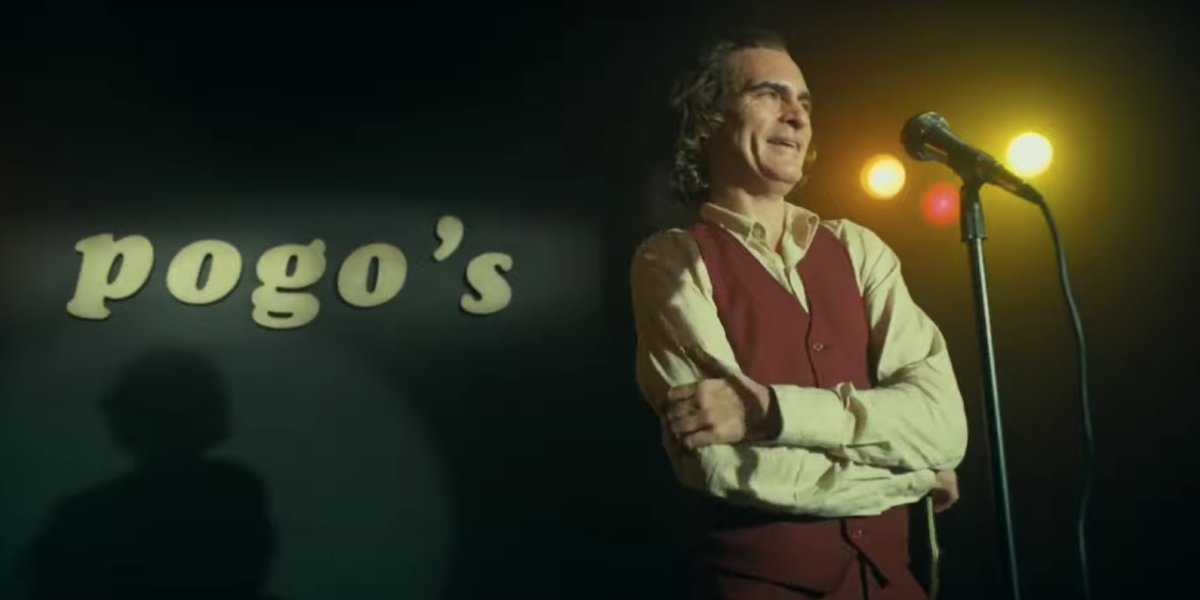
An Off-Putting Name For A Comedy Club
One of the most uncomfortable non-violent scenes in Joker sees Arthur Fleck trying his hand at fulfilling his stand-up comedy aspirations in an embarrassingly awkward set in which his own nervous laughter outnumbers the crowd’s. Just when you may have thought that this scene could not be any more painful, allow me to quell that assumption for you.
The comedy club at which Arthur performs is called Pogo’s, which true crime enthusiasts might recognize as the stage name of John Wayne Gacy. What a way to really lay on the darkness in an already bleak film by not only referencing another infamously deranged clown, but one found guilty for the rape and murder of many young boys and men.
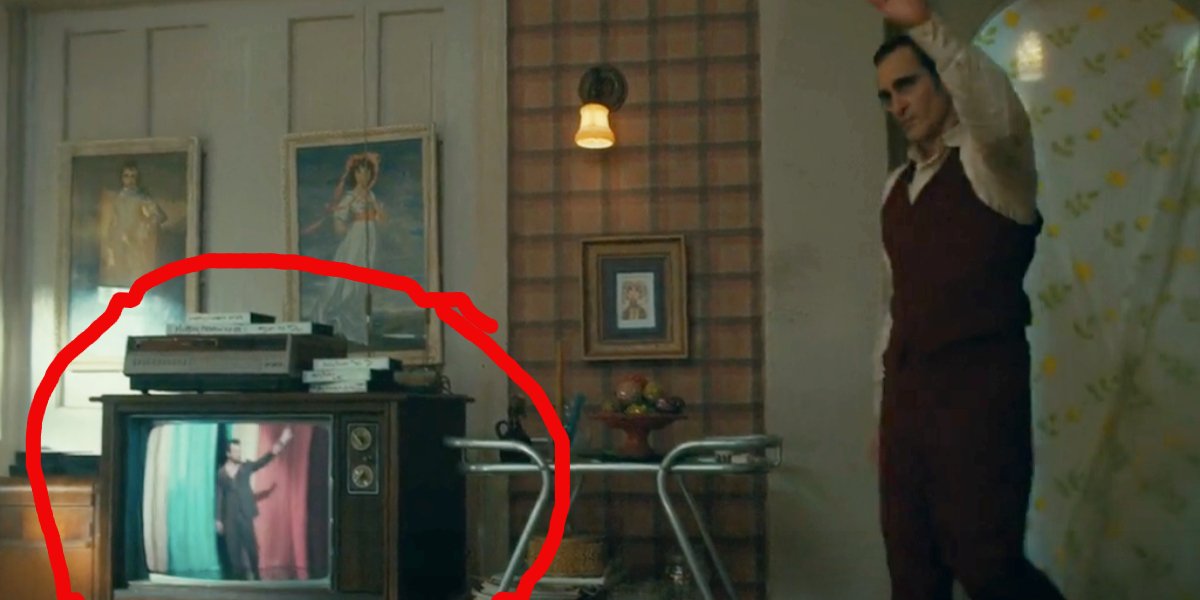
Who Is Ethan Chase?
In another blink-and-you-miss-it moment while Arthur Fleck is practicing his late night talk show appearance, The Leftovers star and Iron Man 2 scribe Justin Theroux makes an uncredited cameo as a guest of Murray Franklin’s named Ethan Chase. At first glance, this could be interpreted as a nod to Theroux’s role in American Psycho, another film Joker has been compared to, but assuming that would be ignoring the real clue.
Ethan Chase is also the legal name of Zach Galifianakis’ character in 2010’s Due Date - director Todd Phillips’ own reference to one of his more lighthearted films. Yet, the Easter Egg goes even deeper than that as Galifianakis is also a veteran Joker actor, having provided his voice in The LEGO Batman Movie.
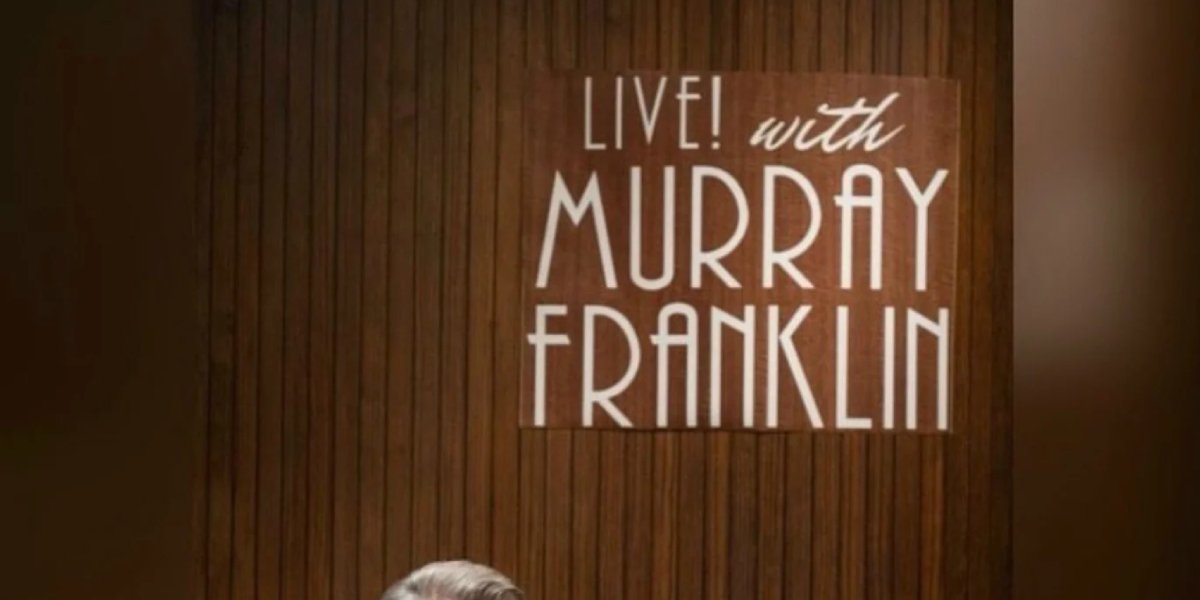
Is Murray Franklin’s Logo Designer A Batfan Too?
Despite having no discernibly direct connections to any pre-existing DC properties, Robert De Niro’s ill-fated late night TV personality in Joker is actually chock-full of comic book references. The design of his talk show studio actually contains an Easter Egg that cleverly and subtly nods to a beloved Batman adaptation.
The logo for Live with Murray Franklin is designed with a font called Andes, which is the same font style used for the official title card of Batman: The Animated Series, the cartoon starring Kevin Conroy as the voice of the Dark Knight. If not for the fact that Joker’s timeline predates Emmy-winning series by at least a decade, I would have assumed that Murray Franklin’s production designer was a fan.
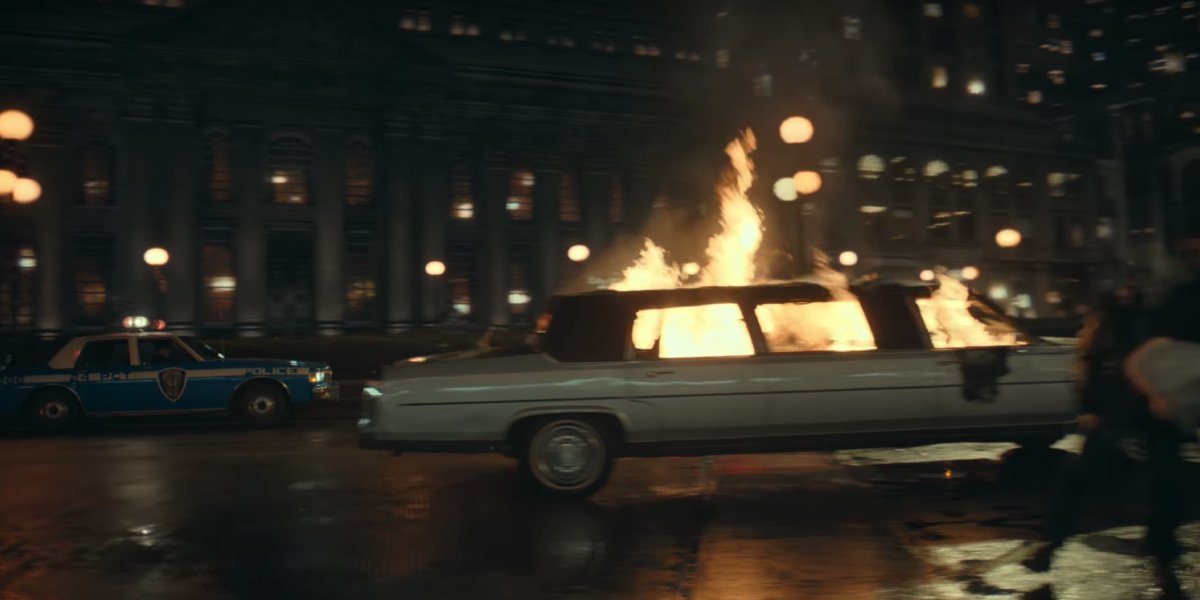
Some Just Want To Watch The Waynes’ Limo Burn
As Arthur Fleck is escorted from the bloodsoaked set of Live with Murray Franklin in the backseat of a police car, he giddily bears witness to Gotham City falling prey to the anarchic mayhem he inspired. Among the chaotic imagery is a burning limousine, which we can quickly infer belongs to Thomas, Martha, and young Bruce Wayne as they exit the movie theater where the limo is parked outside.
Upon close reexamination, you might notice that the Waynes’ limo is the only vehicle on the street that appears to have been deliberately set on fire, which could be interpreted as foreshadowing to Thomas and Martha’s murder and might even suggest that the crime was premeditated. The seconds leading up to Joker’s depiction of what is decidedly the most famous in Batman’s legacy as it is pivotal to his evolution into a costumed vigilante also includes a pulp culture reference retroactively associated with the tragic moment.
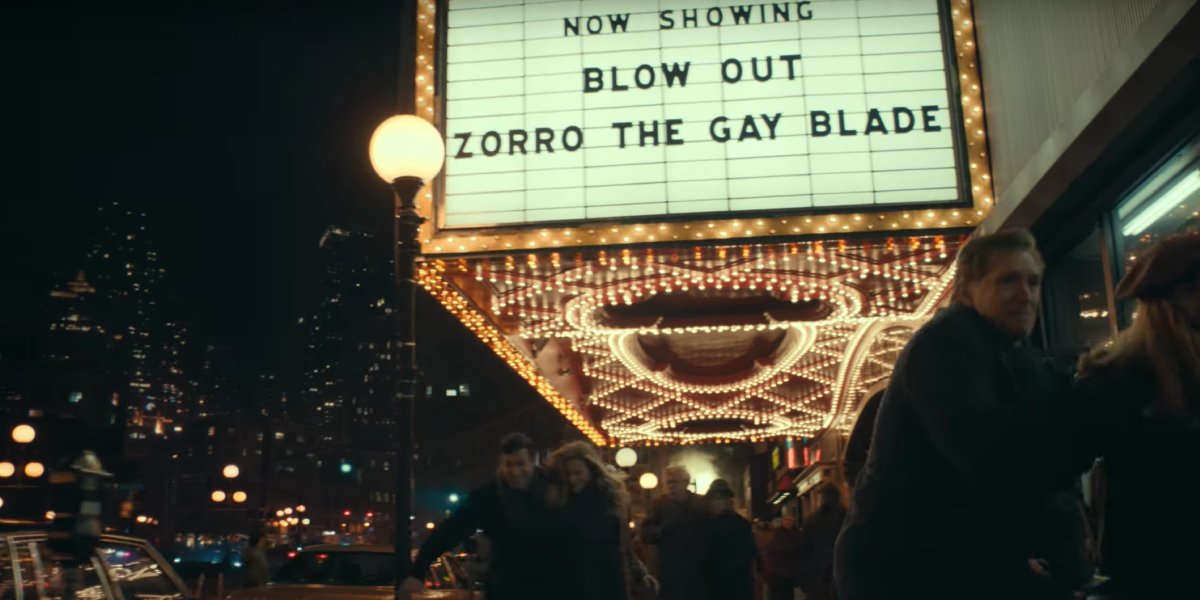
The Enduring Mark Of Zorro
Since Batman’s 1939 debut in Detective Comics #33, it has been tradition to depict the murder of Bruce Wayne’s parents in Crime Alley as the family walked home after seeing a movie. For the groundbreaking 1986 comic book arc The Dark Knight Returns, Frank Miller reimagined said movie as The Mark of Zorro, and the 1940 film adaptation of the masked hero has since become a staple of Batman’s origin.
Joker retcons this detail once again to reflect its time setting by making the Waynes’ movie of choice Zorro: The Gay Blade, a 1981 comedy starring George Hamilton as the titular swordsman and his flamboyantly homosexual twin brother whom he enlists to take his place after an injury. You have to give them credit for not only allowing a brief moment of comic relief before depicting the abrupt, bloody end to a little boy’s childhood, as well as the respect to not sacrifice tradition.
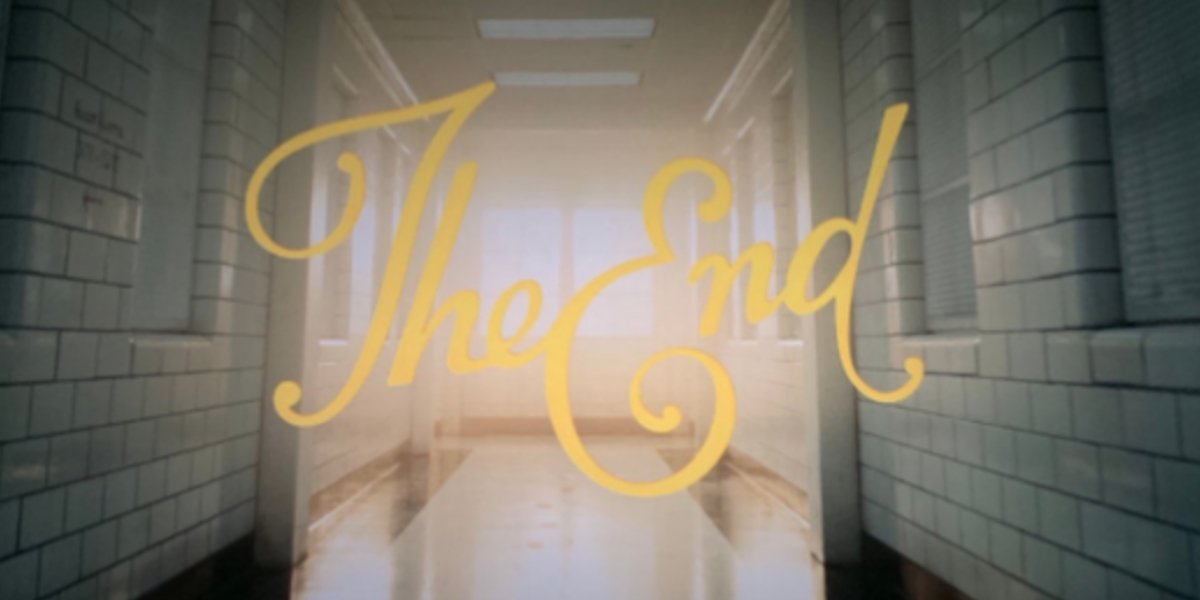
Citizen Joker
Murray Franklin’s logo was not Joker’s only font-based pop culture reference: the film’s final shot, after subjecting the audience to the harrowing experience of Arthur Fleck’s slow descent into madness, reads “The End” in a font that is identical to the final title card of Citizen Kane. Those who initially wrote this off as just another one of the Todd Phillips’ signature morbid juxtapositions might question just what Orson Welles’ 1941 debut masterpiece has to do with Joker. Well, a couple things actually.
Both Citizen Kane and Joker follow a morally questionable protagonist abandoned by his biological parents at a young age whose ambition eventually seals his inevitable downfall, despite earning the status of a cultural icon and the admiration of a select group of people in the process. Not to mention, the nod also supports Joker fans’ unreliable narrator theory as the movie is told entirely from the perspective of a variety of characters whose honesty is questionable.
In case you needed any convincing before, maybe these fascinating behind-the-scenes Easter Eggs may have helped you realize that no, Joker is not just an attempt to give the comic book genre some new grit enhanced by a transcendent Joaquin Phoenix. It is a complex, passionately executed analysis of one man’s perception of a world that has rejected him, invigorated by unique visual cues and thought-provoking symbolism that you may not have picked up on until now.

Jason Wiese writes feature stories for CinemaBlend. His occupation results from years dreaming of a filmmaking career, settling on a "professional film fan" career, studying journalism at Lindenwood University in St. Charles, MO (where he served as Culture Editor for its student-run print and online publications), and a brief stint of reviewing movies for fun. He would later continue that side-hustle of film criticism on TikTok (@wiesewisdom), where he posts videos on a semi-weekly basis. Look for his name in almost any article about Batman.
